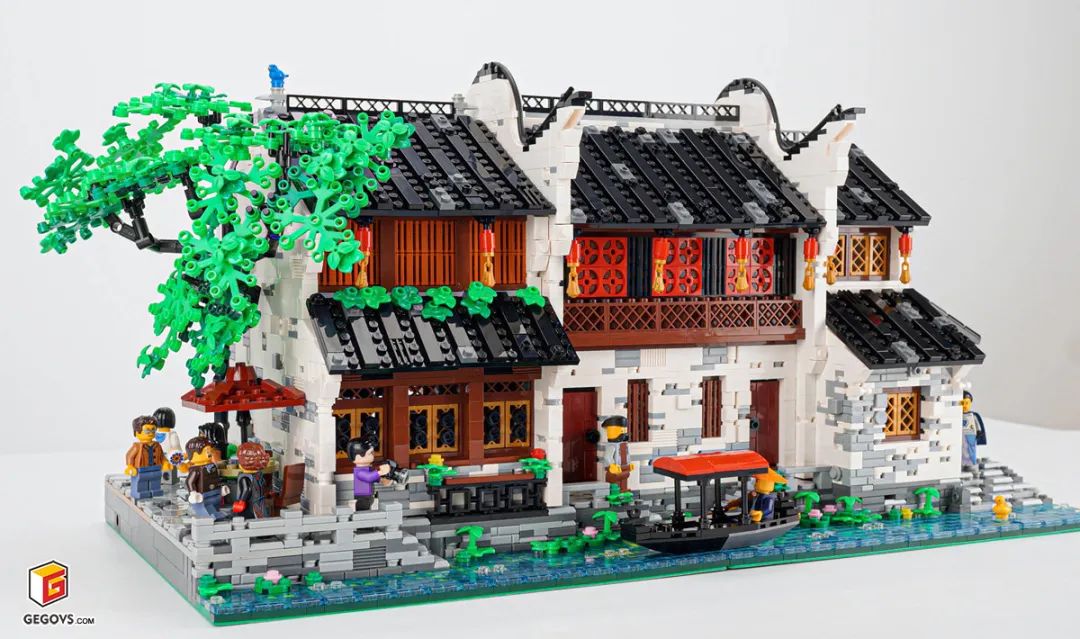13.

China sets the average sea level of the Yellow Sea near Qingdao as the zero point of the absolute elevation, and the elevations of all parts of the country are based on this.
What is the width and depth of a house? Answer: Bay refers to the width of a house and the distance between two horizontal axes; Depth refers to the depth of a house and the distance between two longitudinal axes.
What are the sign size, construction size and actual size? (1) The sign size is used to mark the distance between the building positioning axes (Bay and depth), and the size between the boundaries of the positions of building products, building components and fittings and relevant equipment.
What is floor height? What is clear height? Answer: floor height refers to the height between floors of a building, and the height of the floor or ground of this floor to the floor or ground of the previous floor; Clear height refers to the clear height of the room and the height from the floor to the ceiling.
It consists of use area, traffic area and structure area.
(3) The actual size is the actual size of building products and building components.
What is the sunshine distance? Answer: the sunshine distance is the distance between the two buildings in front of and behind according to the sunshine time requirements.
There are three sub modules, namely 1 / 10m (100mm), 1 / 5m (200mm) and 1 / 2m (500mm).
The construction size is smaller or larger than the sign size.
8.
What is building density? Answer: the building density is the ratio of the total base area occupied by the project to the total land area.
(4) Fractional modulus is another kind of derived modulus, and its value is the fractional multiple of the basic modulus.


(3) The relative elevation refers to the ground of the main room on the first floor of the building as the zero point (+ 0.00), indicating the height of a place from the ground on the first floor.
6.
Generally expressed as a percentage.
(3) The utilization rate, also known as the occupancy rate, refers to the percentage of the used area in the building area.
7.
What are the three parts of the construction and installation cost? Answer: the construction and installation cost consists of labor cost, material cost and machinery cost.
The larger dimension in the building, such as Bay, depth, span, column spacing, etc., shall be the multiple of a certain expansion module.
(2) Structural dimension refers to the design dimension of building products and building components.
What are the “three materials” of architecture? Answer: the “three major materials” of construction refer to steel, cement and wood.
11.
(2) The absolute elevation is also called the altitude.
14.
Expressed as a percentage.
What is the total building height? Answer: the total building height refers to the total height from the outdoor terrace to the top of the cornice.

3.
What is the greening rate (greening rate)? Answer: the green area ratio is the ratio of the total green area of the project to the total land area.
The calculation of sunshine distance is generally based on the height of the wall above the window sill on the ground floor of the house in the south direction of noon on the winter solstice.
(4) Traffic area refers to the net area of traffic connection facilities such as walkways, stairwells and elevators..
There are six types of expanded modules, namely 3M (3000mm), 6m (6000mm), 12m (12000mm), 15m (15000mm), 30m (30000mm) and 60m (60000mm).
The higher the plot ratio, the lower the comfort degree of residents; otherwise, the higher the comfort degree.

High building density means that the houses in the land are “full”, otherwise, it means that the houses are sparse.
What is the positioning axis? Answer: the positioning axis is the line used to determine the position and mark size of the main structure or component of the building.
What is the difference between buildings and structures? Answer: any house or place where people can produce, live or other activities is called a building, such as an apartment, a factory, a school, etc; The buildings in which people do not produce or live are called structures, such as chimneys, water towers, bridges, etc.
10.
15.

(3) The expanded modulus is a kind of derived modulus, and its value is a multiple of the basic modulus.
What is the building area, use area and utilization rate? What is the traffic area and structure area? (1) Building area refers to the product of the length and width of the building and the external dimensions multiplied by the number of floors.
(3) The axis set along the width direction of the building is called the transverse axis.
What is the unified modular system? What are basic module, expanded module and sub module? (1) The so-called unified modular system is a set of basic rules formulated to realize the standardization of design, so that the dimensions of different buildings and various branches are unified and coordinated, so that they are universal and interchangeable, so as to speed up the design speed, improve the construction efficiency and reduce the cost.
4.
(4) The axis set along the length of the building is called the longitudinal axis.
5.
What is the plot ratio? Answer: the plot ratio is the ratio of the total building area of the project to the total land area.

2.


In general, the construction size plus the reserved gap size or minus the necessary support size is equal to the sign size.
(2) Longitudinal refers to the longitudinal direction of the building.
12.
16.
1.
9.
(2) The basic module is the basic dimension unit selected in the module coordination, and M represents 1m = 1000mm.
The numbering method is written in the axis circle from top to bottom in capital letters (letters I, O and Z are not used).

The difference between the actual dimension and the structural dimension shall be the allowable building tolerance value.
The smaller size in the building, such as the gap, wall thickness, structural node, etc., shall be the multiple of a certain sub module.
The numbering method is written in the axis circle from left to right in Arabic numerals.
What are horizontal and vertical? What is the transverse axis and the longitudinal axis? (1) Transverse refers to the width direction of the building.
What is elevation? What are absolute elevation and relative elevation? (1) The elevation difference between a certain part of the building and the determined water reference point is called the elevation of the part.
The sign size shall comply with the provisions of modular system.
(2) The use area refers to the net area of the main use room and the auxiliary use room (the net area is the product of the net size obtained by subtracting the wall thickness from the axis size).
It is generally expressed as a decimal.





